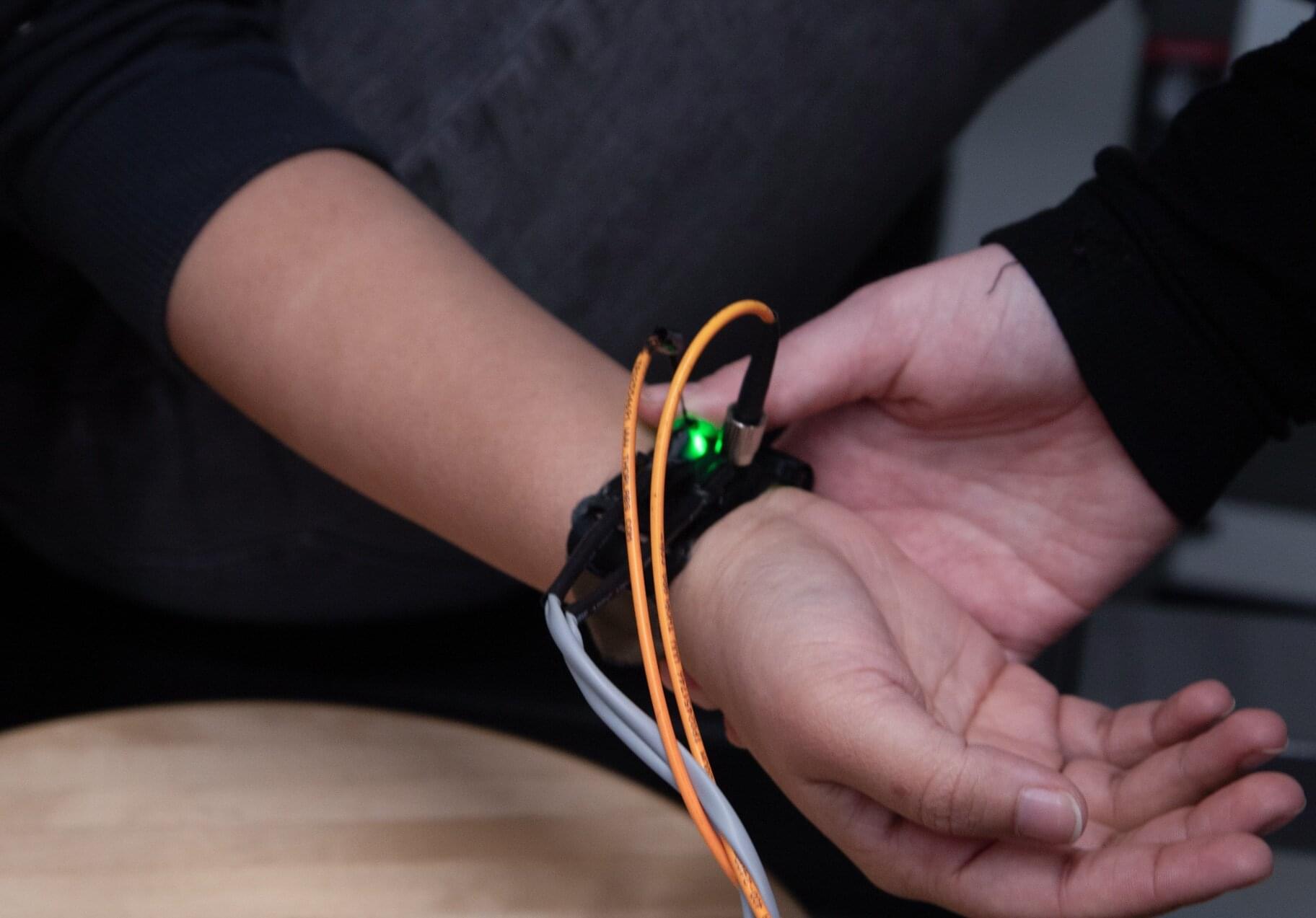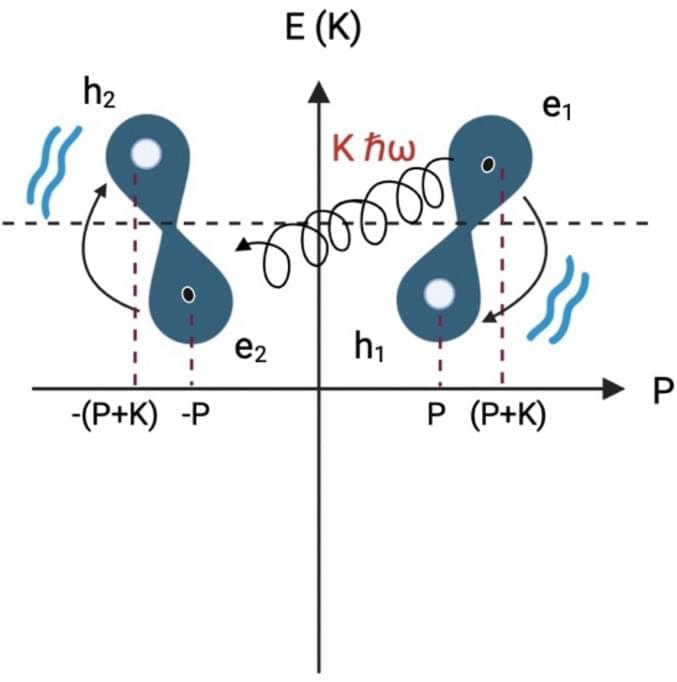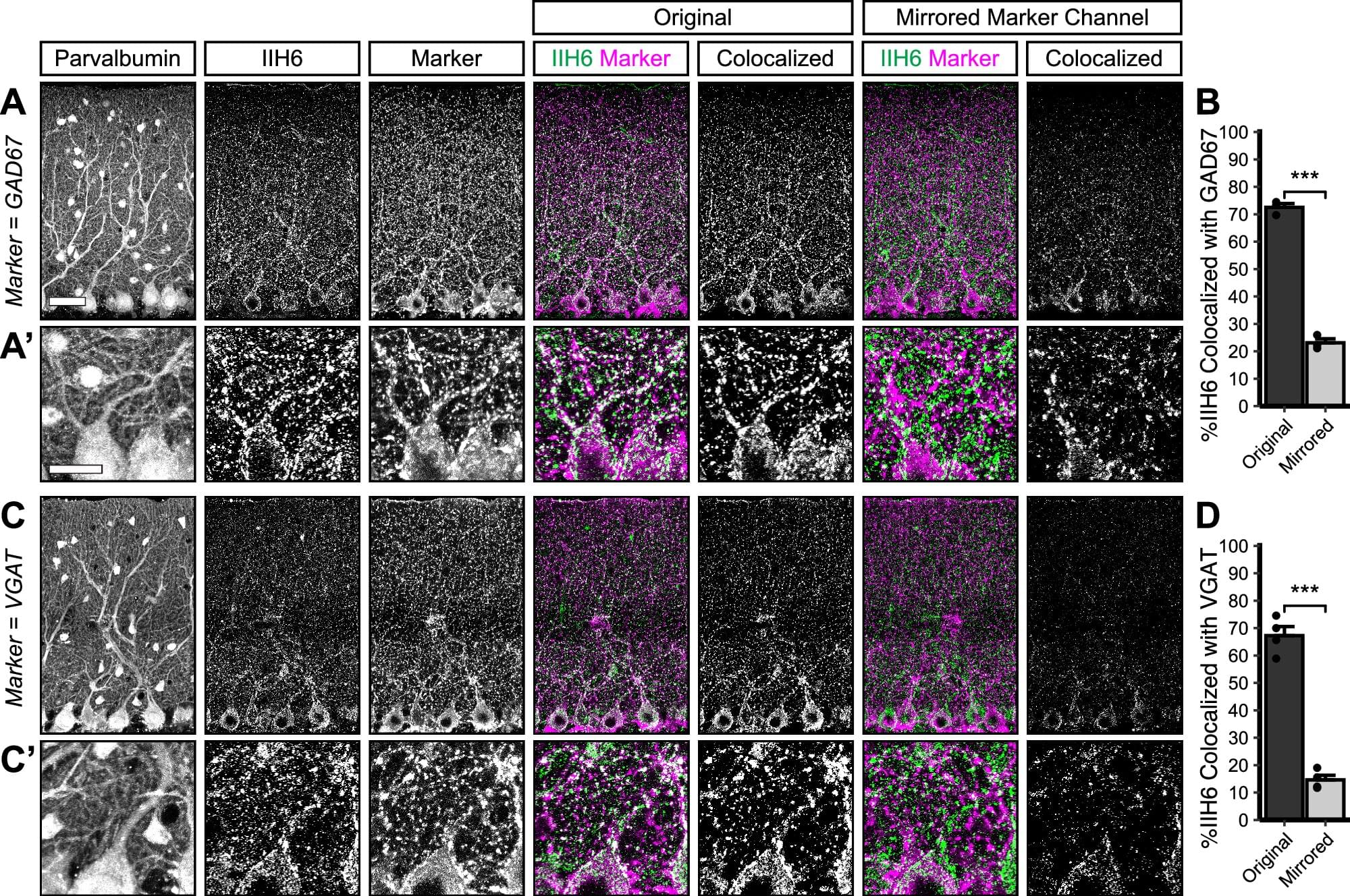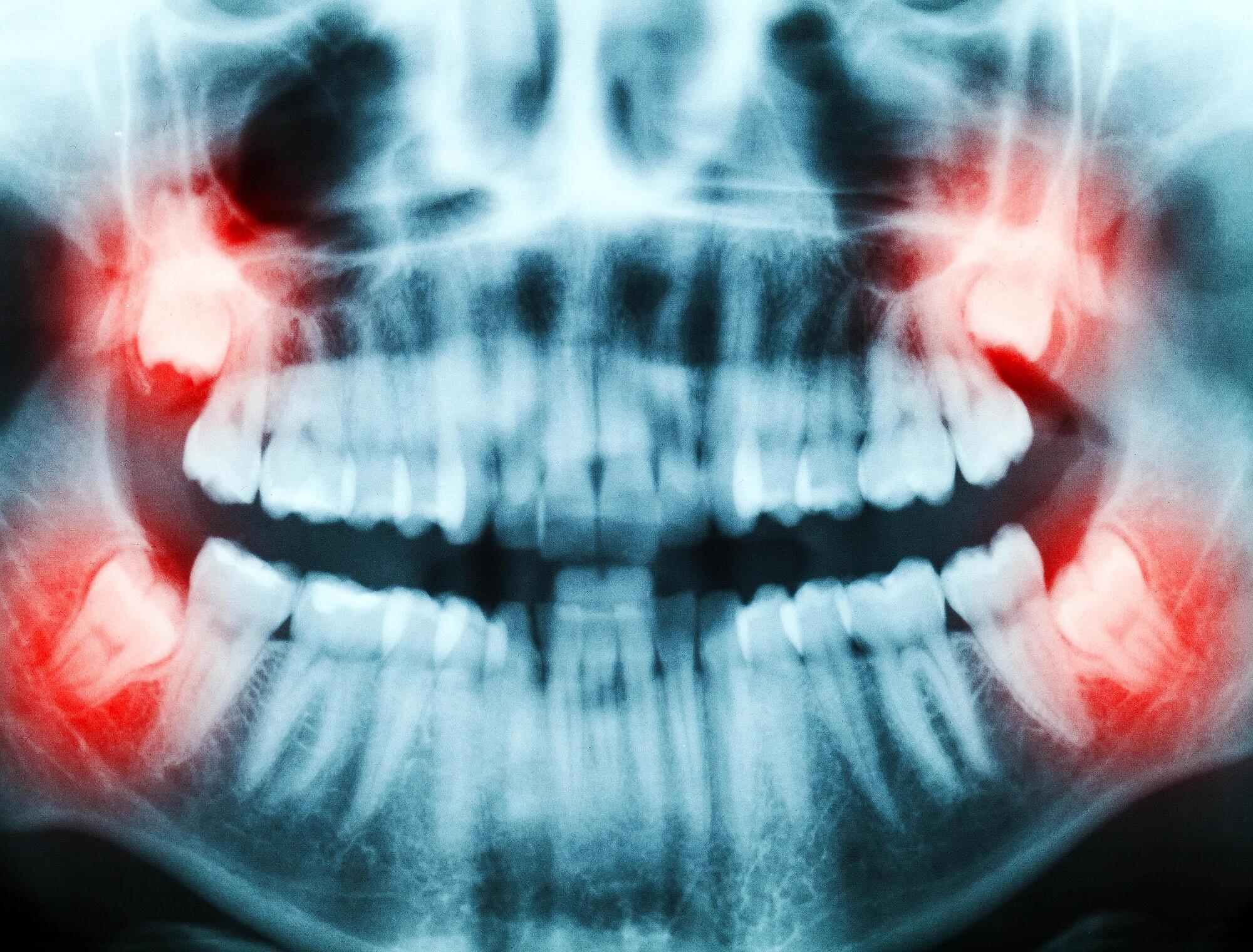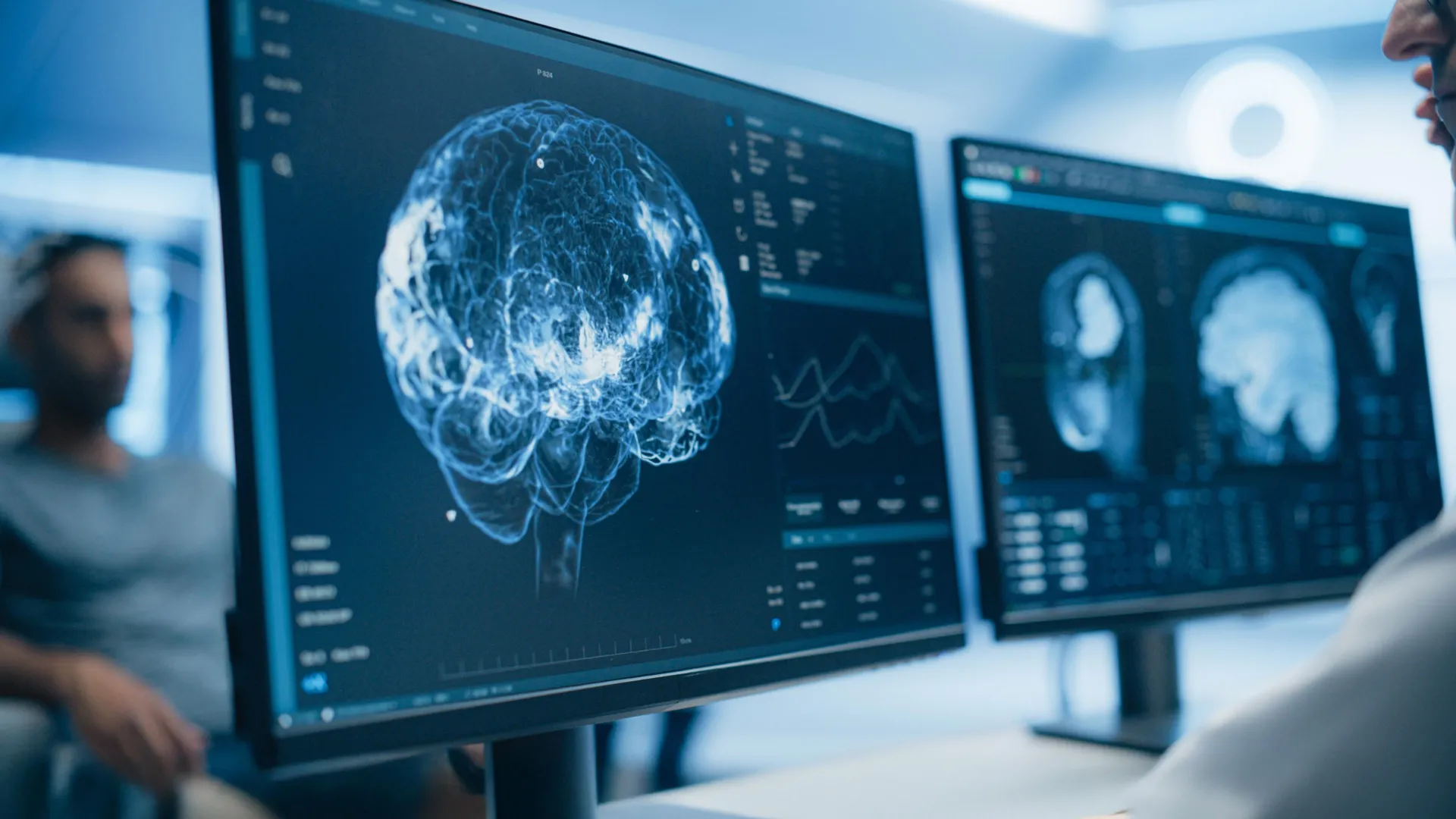Researchers have shown, for the first time, that speckle contrast optical spectroscopy (SCOS) can be used for cuffless blood pressure monitoring. The new technology could improve early detection and management of hypertension.
“Hypertension affects nearly half of all adults in the US and is the leading cause of cardiovascular disease,” said Ariane Garrett, a doctoral student in Darren Roblyer’s lab at Boston University. “This research is a step toward a wearable device that would let people monitor their blood pressure any time, without a cuff.”
SCOS is a noninvasive imaging technique that measures blood flow by analyzing speckle patterns formed by coherent light scattering from cells and tissue. While it has been used for other applications such as brain and tissue monitoring, this is one of the first studies to explore how SCOS signals relate to blood pressure.
